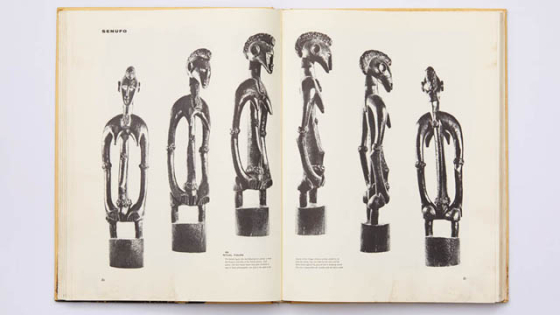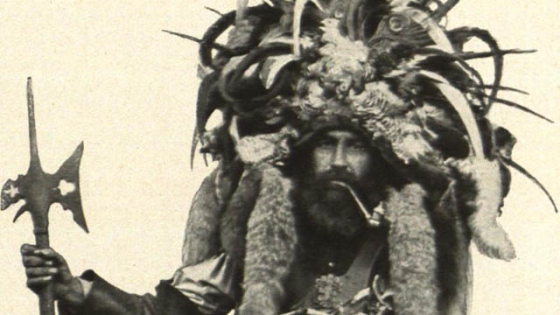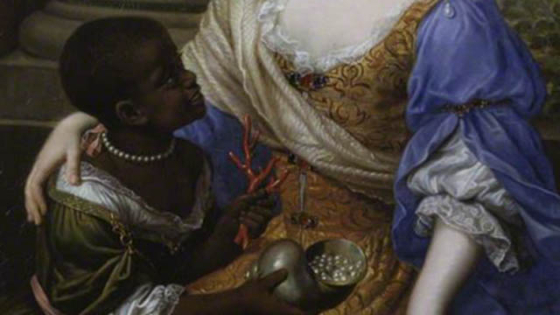Dear readers, supporters, contributors and friends of EVC,
Thank you for your continuous interest in the Exploring Visual Cultures - project. The subject area of visual culture inevitably leads to questions of collaborative and cooperative learning across borders and continents. Thus, at the end of this newsletter, we ask you for your help. We would like to start a new page on our website, giving exciting links in respect to our field. We invite you to cross-link your most helpful sites with our website, to generate more possibilities for research and to feature other initiatives that are important to you. Please bring your ideas and your interests. We are looking forward to your suggestions.
With our best wishes,
Ernst and Rosa, on behalf of the EVC team
|
|
Walker Evans: Questioning the Canon
Looking at the perception, representation and appropriation of non-western objects and their practices, questions arise as to their classification in contexts of so-called modern art. Often early modern pictorial-argumentative examples - pictures and exhibitions for example - have been and continue to be cited. Closely connected to the development and dissemination of supposedly veristic images, pictorial witnesses of the view of authors from the Global North on ‘foreign’ things start to develop. |
The Outfit of a Saltner
The outfit of the Saltner (South Tyrolean vineyard keeper, fig. 1, 2) is as enigmatic as it is complex. This factual analysis briefly summarizes some of its changing purposes and conflicting interpretations. In the classroom the topic also lends itself to exploring the attempts at identity and nation building in Central Europe's recent past. Some of my students' first associations will find confirmation in the following interpretative approaches: they oscillate between alpine »Perchten« (traditional fright figures) and North American shamans, between courtship and official representation,... |
Along the Trade Lines
This text looks at two images from similar times, but of very different origins, and finds that the work of a French painter and the work of a Benin brass workshop both tell a story of shared intercontinental trade between Europe and West Africa and its effects on economy and politics in both regions. |